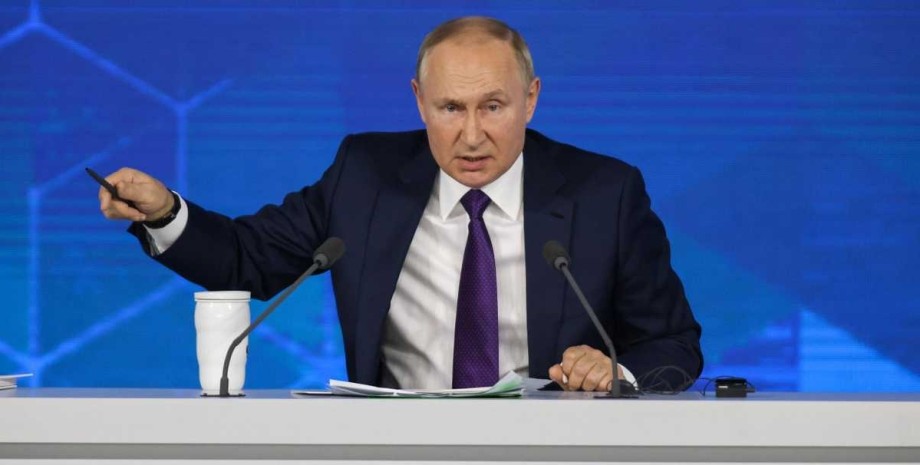
However, Western analysts figured out that Vladimir Putin would take the first step and use a powerful weapon after the United States did so in Japan in 1945. "Those who try to blackmail us with nuclear weapons should know that the wind can blow in their direction," the head of state said earlier and emphasized that his words were not bluff. Journalists talked with several experts about possible scenarios that may occur if Russia goes to a nuclear strike.
Analysts say that Moscow is likely to deploy one or more tactical or combat nuclear bombs. It has a weapon with a capacity of 0. 3 kilotonic to 100 kilotonic explosive power compared to 1. 2 megatonne of the largest strategic warhead of the United States or a 58-megton Russian bomb. Tactical bombs are designed for limited impact on the battlefield compared to strategic nuclear weapons, which is designed to fight and victory in full war.
However, the words "small" and "limited" relative: atomic bomb, dumped by the United States in Hiroshima in 1945, had only 15 kilotonic capacity. Analysts say that the purpose of Russia when applying a tactical nuclear bomb in Ukraine is the desire to force Ukrainians to surrender or obey negotiations, as well as share Western supporters of the country.
Mark Kanchian, a military expert on the CSIS International Security Program in Washington, is sure that Russia will not use nuclear weapons on the front line. To capture 20 miles (32 kilometers) of the area, 20 small nuclear bombs may be required - this is a slight advantage for huge risks of nuclear weapons and nuclear precipitation. "Just use one will not be enough," the expert said.
Instead, Moscow could send a strong signal and avoid significant losses by blowing up a nuclear bomb over water or throwing one high above Ukraine to create an electromagnetic pulse that will fail electronic equipment. Or Putin could choose greater destruction and death: attack the Ukrainian military base or hit the city center, such as Kyiv, causing mass losses and, as an option, destroying the political leadership of the country.
Another nuclear policy expert states that such a scenario would also be aimed at split NATO Alliance in assistance to Ukraine. The event remains ambiguous about how it responds to a tactical nuclear stroke and the choice is difficult. The United States and NATO do not want to seem weak before the implicit nuclear threat. New British Prime Minister Liz TRASS openly declared his readiness to use nuclear weapons against Russia as needed.
However, Western leaders would also like to avoid the possibility that a war in Ukraine, which is not a member of NATO, can develop into a much wider, destructive global nuclear war. Experts say that there will be no other way in the West, and that the answer should come from NATO as a group rather than the United States separately.
The United States has already placed about 100 units of their own tactical nuclear weapons in NATO countries and can be answered in the same way against Russian troops. Another risk is that some NATO members may refuse nuclear response by serving Putin's goals for weakening the Alliance. Responding to Russian nuclear attack in a more common military or diplomatic way and supplying Ukraine to more lethal weapons to attack Russia may be more effective, Western experts say.
"The use of nuclear weapons by Russia may allow to convince countries that have not yet wanted - for example, India and perhaps even China - to participate in strengthening sanctions," Krenig added. In addition, the United States could offer Ukraine NATO planes, Patriot and Thaad batteries, as well as ATACMS missiles that could be used by Ukrainian forces to strikes in Russia. Recall that Russian troops were applied against the Armed Forces of chemical weapons near Kherson.
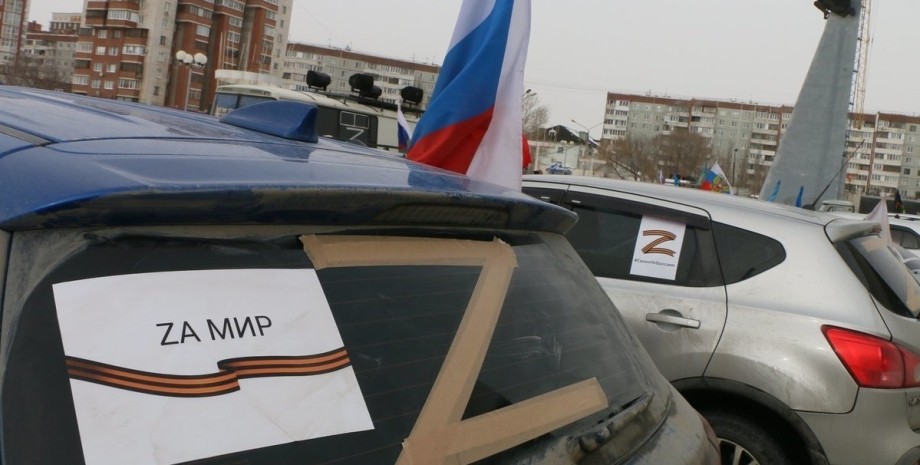

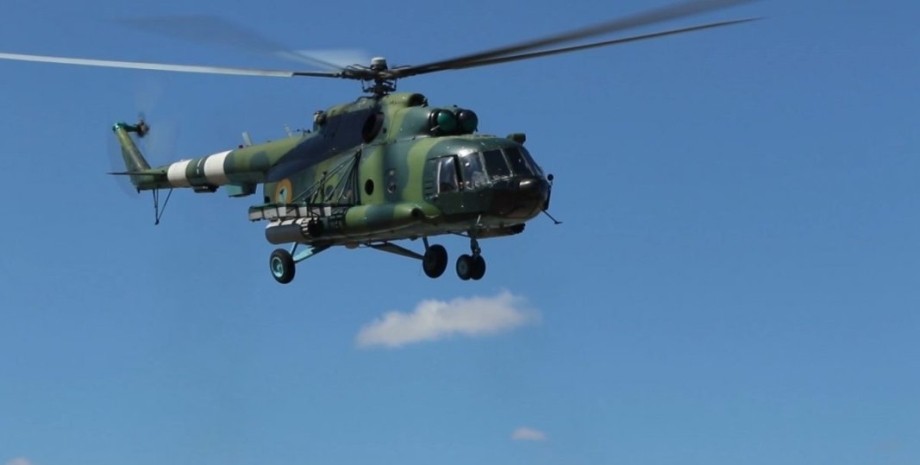


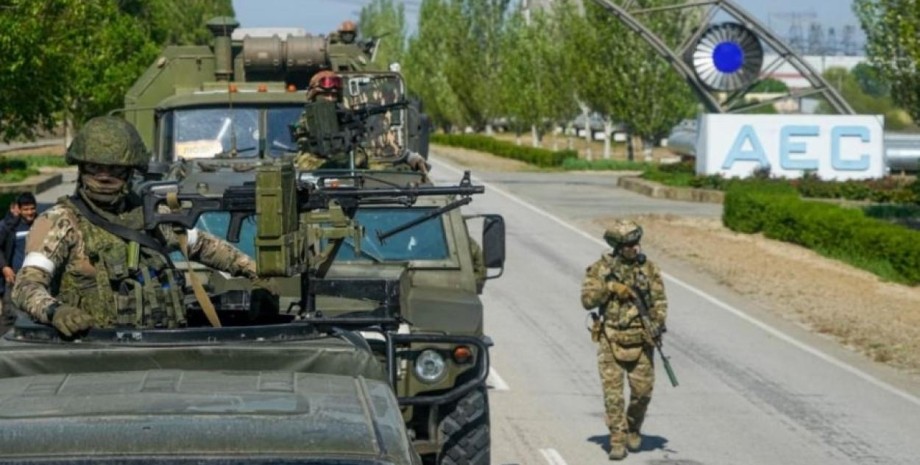


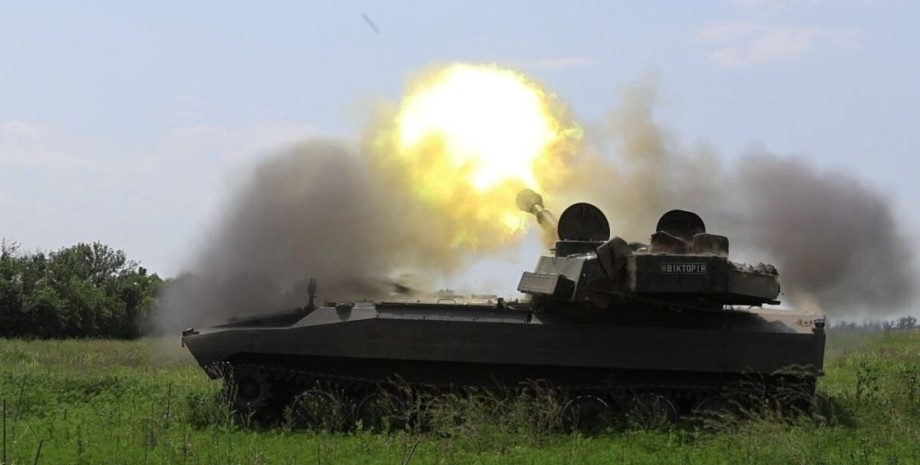











Všetky práva vyhradené IN-Ukraine.info - 2022